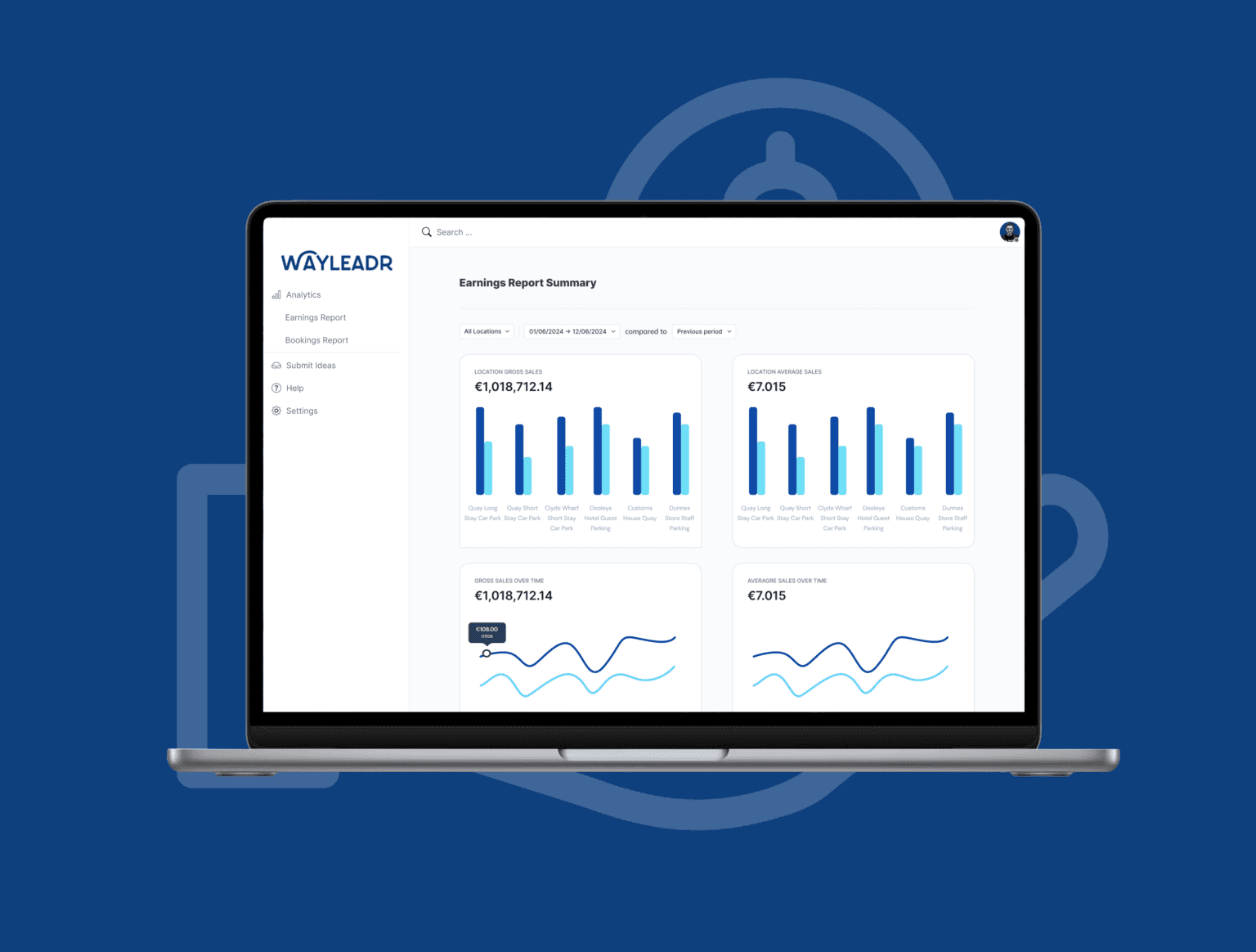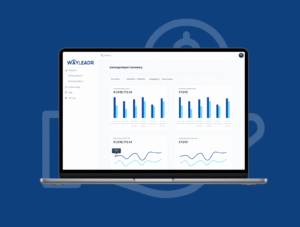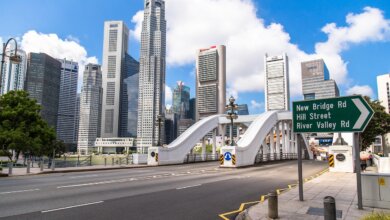How Parking Payment Solutions Reduce Traffic Congestion in Busy Cities
Modern Parking Payment Solutions | Tackling Urban Congestion with Technology


Parking spaces in urban streets are both limited and not efficiently managed, so these spaces are subject to bottlenecks, long traffic queues, and stressed motorists. The influx of vehicles has prompted cities to seek ways to alleviate congestion and improve traffic flow. The need is met by the entry of modern technology, which offers innovative and streamlined solutions for parking. The actual change occurs when Parking Payment Solutions are being adopted.
Ways These Solutions Help Ease City Traffic
More than just making payments easier, there are other benefits in urban areas. The benefits are spread through the behavior of the driver, the metropolitan planning, and the environmental effects.
Faster Turnover of Parking Spaces
Digital parking payment solutions streamline the entire transaction process, allowing drivers to pay quickly and conveniently without fumbling for coins or small bills. By eliminating the need to stop at pay stations, motorists can complete payments on the go—often directly through a mobile app or automated system. This efficiency leads to faster vehicle departures, freeing up spaces more quickly and ensuring higher turnover rates. As a result, parking spots become available in a shorter time frame, which significantly reduces the time other drivers spend circling and searching for an open space. This not only improves traffic flow within parking facilities but also enhances the overall customer experience by minimizing frustration and congestion.
Reduced Illegal Parking and Fines
Payments and top-ups through smart meters and mobile apps are possible in real time, which deters overstay and unauthorized parking. The drivers can exercise additional control over their parking times and not find themselves rushing to avoid the meter. Not only does this help to reduce frustration, but it also brings traffic flow without the congestion that might block the road because of correctly parked vehicles, ensuring smoother movement, better space utilization, and an overall safer, more organized parking environment for both drivers and pedestrians.
Real-Time Parking Availability Updates
Its ability to integrate seamlessly with GPS and mapping services allows drivers to locate available parking spots in real time, well before they reach their destination. This not only helps them plan their route more efficiently but also reduces the stress of last-minute parking hunts. With fewer cars aimlessly circling the streets in search of spaces, overall traffic congestion decreases significantly, leading to smoother road conditions and reduced fuel consumption. In turn, this enhanced convenience makes daily commutes far more predictable, punctual, and environmentally friendly, benefiting both individual drivers and the broader community.
Contactless and Mobile Payments
Dynamic Pricing Strategies
Data-driven pricing uses real-time analytics to adjust parking fees based on demand, location, and time of day, ensuring a more efficient allocation of spaces. For example, higher rates during peak hours encourage short stays and faster turnover, freeing up spaces for more users. Conversely, offering off-peak discounts makes underutilized areas more attractive, spreading parking activity more evenly across a facility or city. This dynamic approach not only maximizes revenue but also alleviates congestion in high-demand zones, improves the overall parking experience, and supports sustainable urban mobility by discouraging unnecessary long-term parking in busy areas.
Data Insights for Urban Planning
Data gathered by Parking Payment Solutions can be used to reveal the parking demand, duration, and location patterns. These insights can allow the city planners to decide where to construct more plants or how to modify the flow of traffic. What emerges is the infrastructure that adapts to the population’s demand.
Conclusion
Innovative parking technology delivers far more than the simple convenience of cashless or automated payment—it serves as a cornerstone in building efficient, sustainable, and truly livable cities. Modern Parking Payment Solutions not only streamline transactions but also play a pivotal role in transforming urban mobility. By enabling smarter allocation of parking spaces, reducing the time vehicles spend searching for spots, and minimizing traffic congestion, these systems actively contribute to cleaner air and reduced carbon emissions. Furthermore, they support city planners in shifting towards sustainable development strategies, such as integrating public transport, promoting active travel, and optimizing land use. As adoption becomes more widespread, urban living evolves into an experience that is less stressful, more accessible, and seamlessly interconnected—benefiting residents, commuters, and visitors alike.



